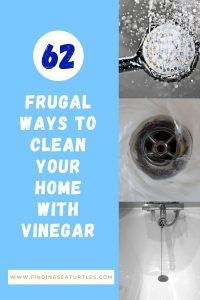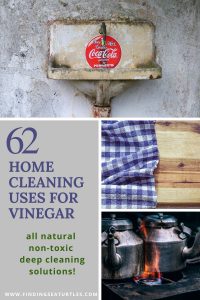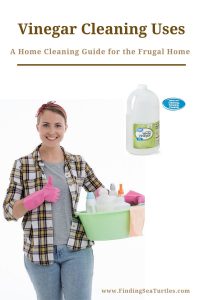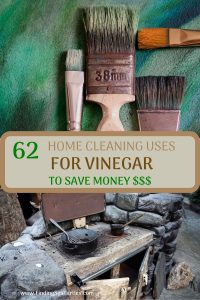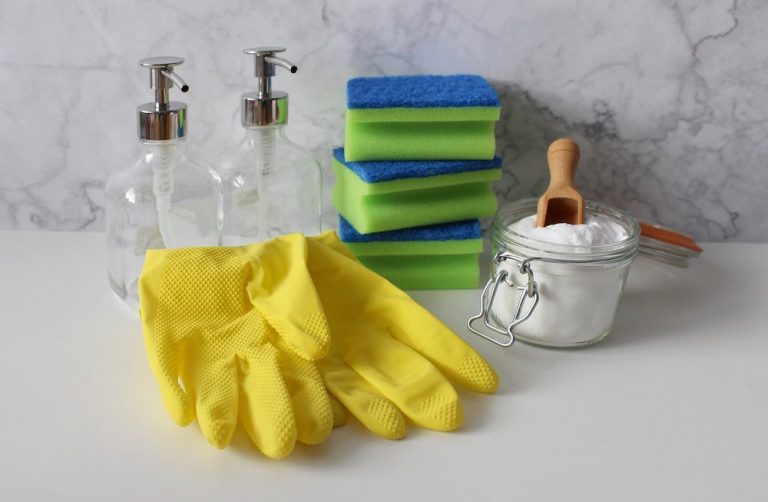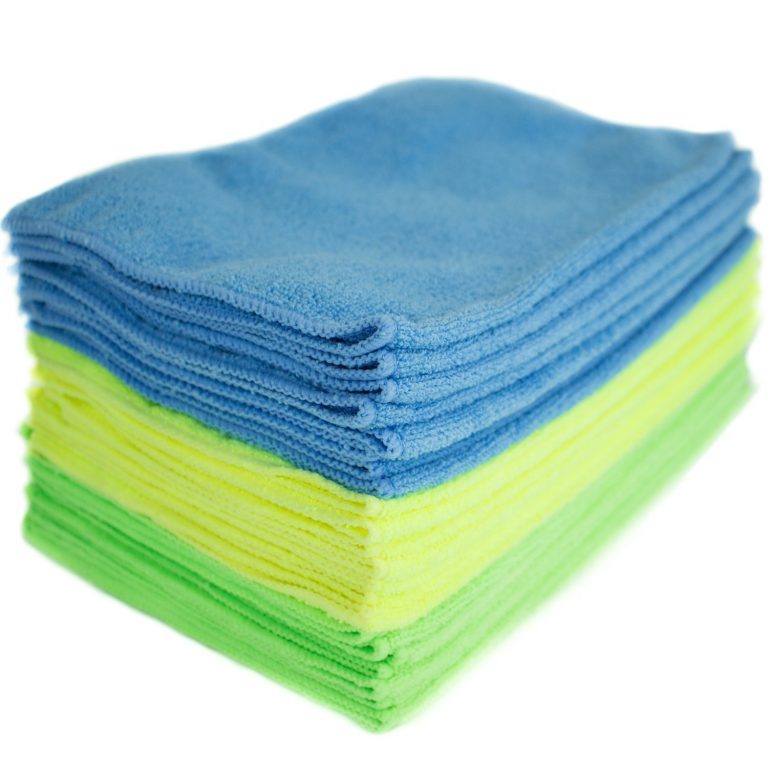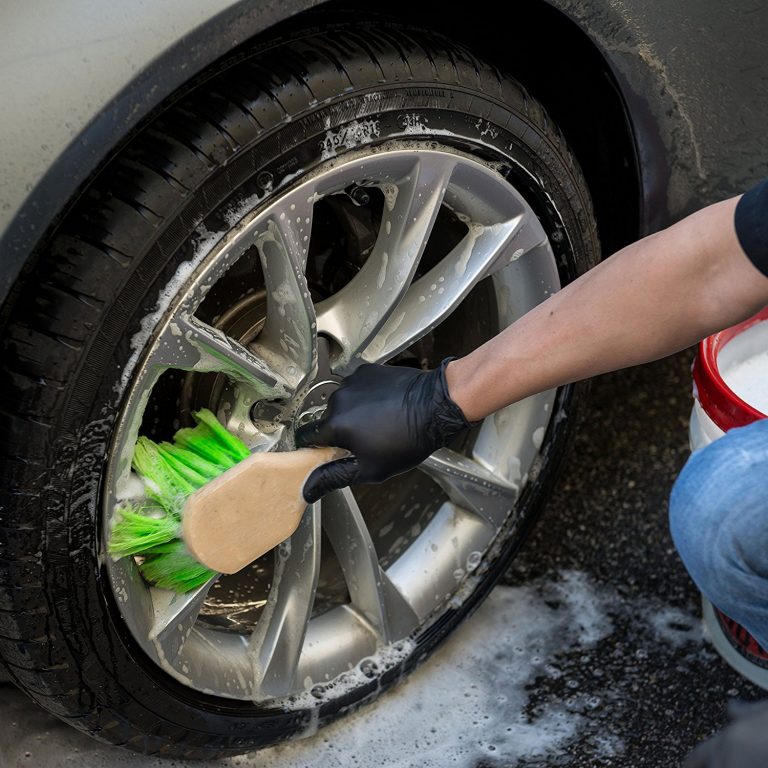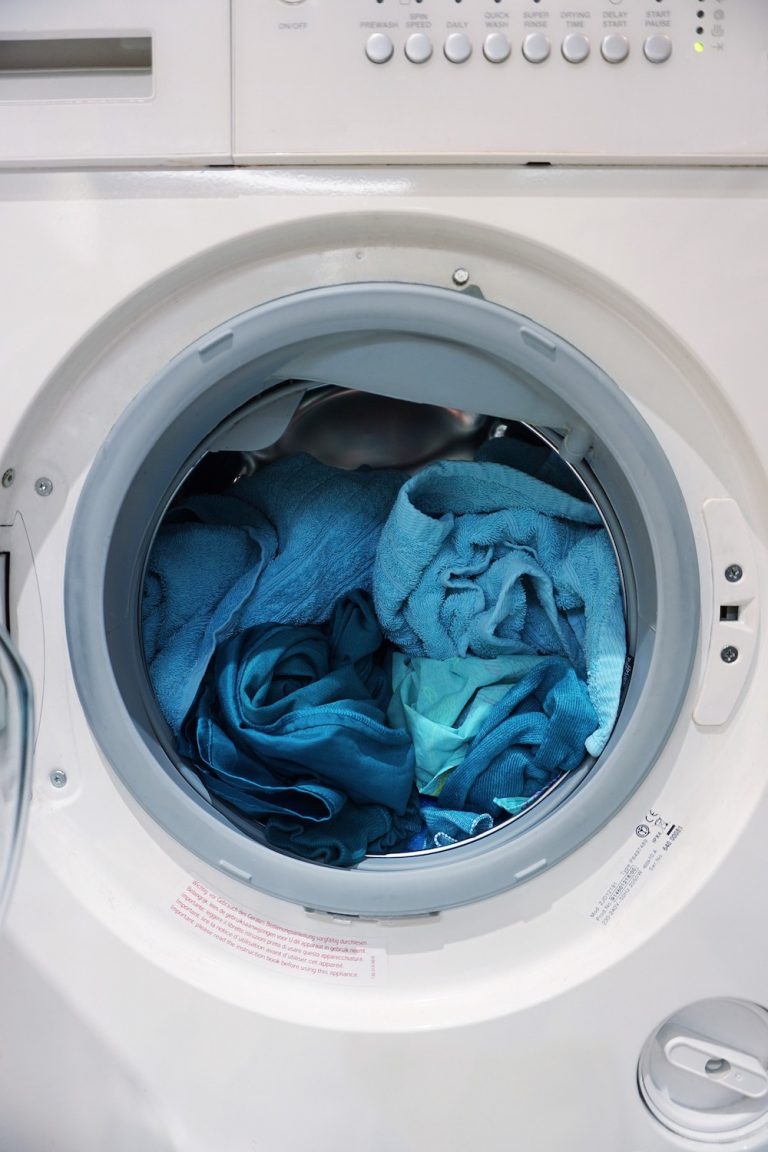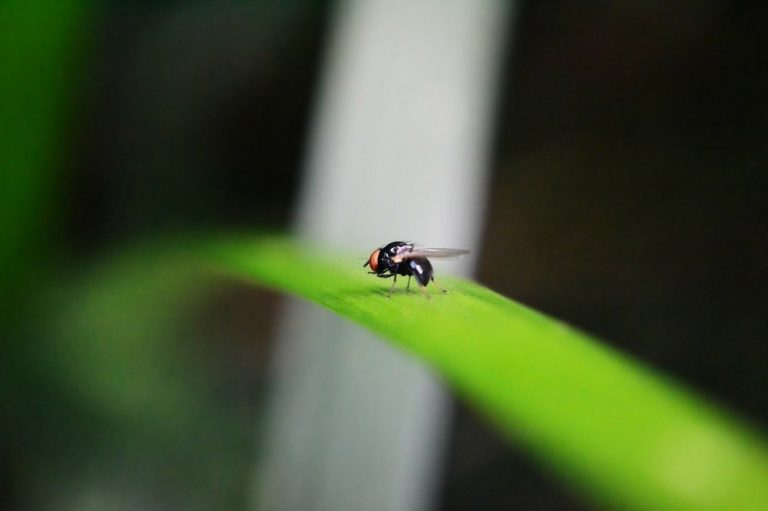Home Cleaning Uses for Vinegar
There are many cleaning uses for vinegar around the home. Save money on cleaning supplies by substituting vinegar for store bought toxic harsh chemical cleaners. Vinegar along with a few other ingredients can tackle many of your home cleaning chores. An all-natural cleaning solution, Vinegar can be used throughout your home inside and out.
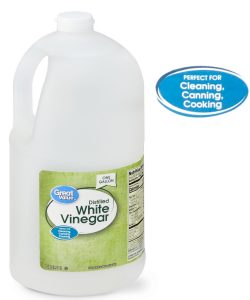
We’ve listed many ways that vinegar can help clean your home. Take a look at our list. And you may even discover a few new cleaning uses for vinegar. And the best thing about vinegar, is that it doesn’t cost a ton of money. It is dependable, hard working, and cheap!
KITCHEN CLEANING USES FOR VINEGAR (WHITE DISTILLED)
Clean Kitchen Sink
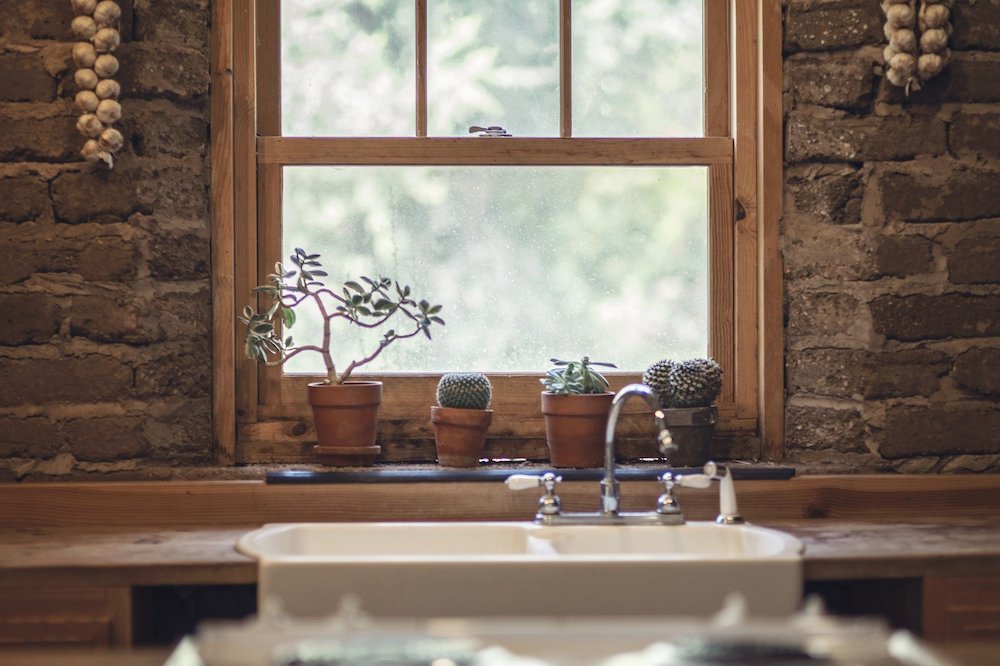
In a pail or container, mix ½ cup of white vinegar with 1 gallon of water. With a microfiber cloth use the mixture to clean the kitchen sink.
Unclog and Deodorize the Kitchen Sink Drain
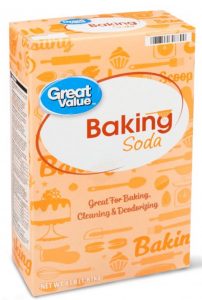
Pour ½ cup of baking soda followed by 1 cup of vinegar down the kitchen drain. The mixture will foam. Follow the foaming with hot water to cleanse. Wait 5 minutes then flush the drain with cold water.
Clean Kitchen Chrome and Stainless Steel Fixtures
Solution #1: Combine ½ cup of white vinegar with 1 gallon of water in a pail or container. Using a microfiber cloth and the vinegar water mix, clean the kitchen faucet, spout, and handles. Then dry the kitchen fixture with a dry microfiber cloth. And rub to polish the fixture.
Solution #2: Using full strength white vinegar in a spray bottle, lightly mist fixtures. Buff with a soft cloth to brighten the chrome or stainless steel fixture.
Cleanse Dishwasher
Fill a glass bowl with 2 cups of vinegar. Place the glass bowl on the top rack of the dishwasher. Run the dishwasher on a regular cycle without the heat dry cycle or detergent for a deep cleaning.
Wipe the outer side of the dishwasher with a microfiber cloth and the white vinegar water mixture.
Additional Tip to Boost Dish Cleaning:
Add 3 to 4 tablespoons of white vinegar to the dishwashing detergent. Shake to mix ingredients. The white vinegar provides the dishwashing detergent a grease fighting boost.
Make Glassware Sparkle

Pour ¼ cup of white vinegar to the dishwasher’s rinse cycle. For clean glassware, this makes glasses look clean again.
To eliminate cloudy or spotty glassware due to hard water conditions, soak glassware in equal parts of white vinegar and water. Let soak for 15 to 30 minutes. Scrub with a bottle brush then rinse clean.
Clean Crystal Glassware
Add 2 tablespoons of white vinegar to the dishwater. Wash the crystal in the vinegar soapy dishwater. Then rinse in 1 part vinegar and 3 parts warm water. Allow the crystal to air dry.
Wash China and Crystal
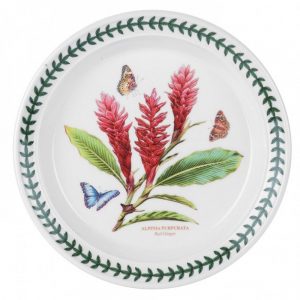
Combine warm water with a cup of white vinegar in a dishpan. Wash china and crystal. Then allow china and crystal to air dry.
Remove coffee stains and any other discolorations on china using equal parts of white vinegar and salt. Scrub china with the vinegar and salt mix. Wash china and crystal using the previous step. Rinse freshly washed China and Crystal under warm water. Allow to air dry.
Clean Silver
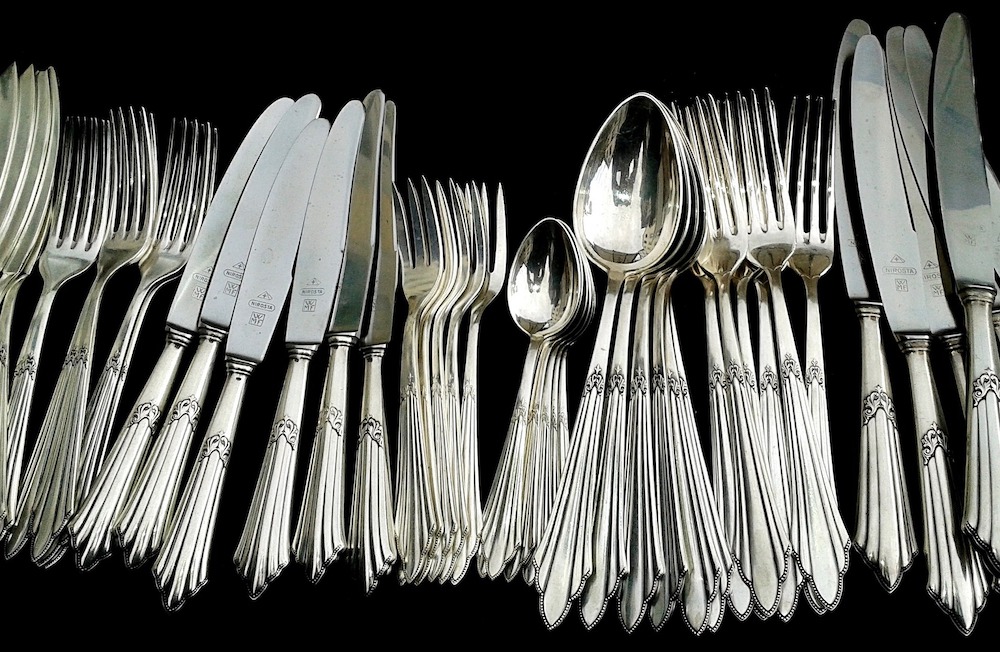
Blend ½ cup of white vinegar with 2 tablespoons of baking soda in a container. Soak silver in the container between 2 to 3 hours. Then rinse in cool water and dry with a microfiber cloth.
Shine Silver
Mix ½ cup of white vinegar with 2 tablespoons of baking soda in a container. Soak silver items in the container for 2 to 3 hours. Rinse silver under cold water and dry thoroughly with a soft cloth. This mix works for jewelry pieces as well.
Sanitize Refrigerator

Mix equal parts of white vinegar and water. Wash the inside and outside of the refrigerator using a microfiber cloth. Wipe the vent cover as well. Clean the front and inside each of the bins. The butter, fruit vegetable, egg, bins and shelves. For mildew preventative, wash the refrigerator shelves, bins, and top of the refrigerator using full strength white vinegar and a microfiber cloth.
Additional tip: As an odor preventive, slip a small box of baking soda in the refrigerator after cleaning. The baking soda box will keep your refrigerator fresh smelling. Replace the box of baking soda every month.
Rid the Refrigerator and Freezer of Odors
Eliminate refrigerator and freezer odors using vinegar and water. Combine equal parts of vinegar and water in a container. Clean the insides with the vinegar/water solution. Then wipe the inside of the refrigerator and freezer dry.
Disinfect and Clean Ice Trays
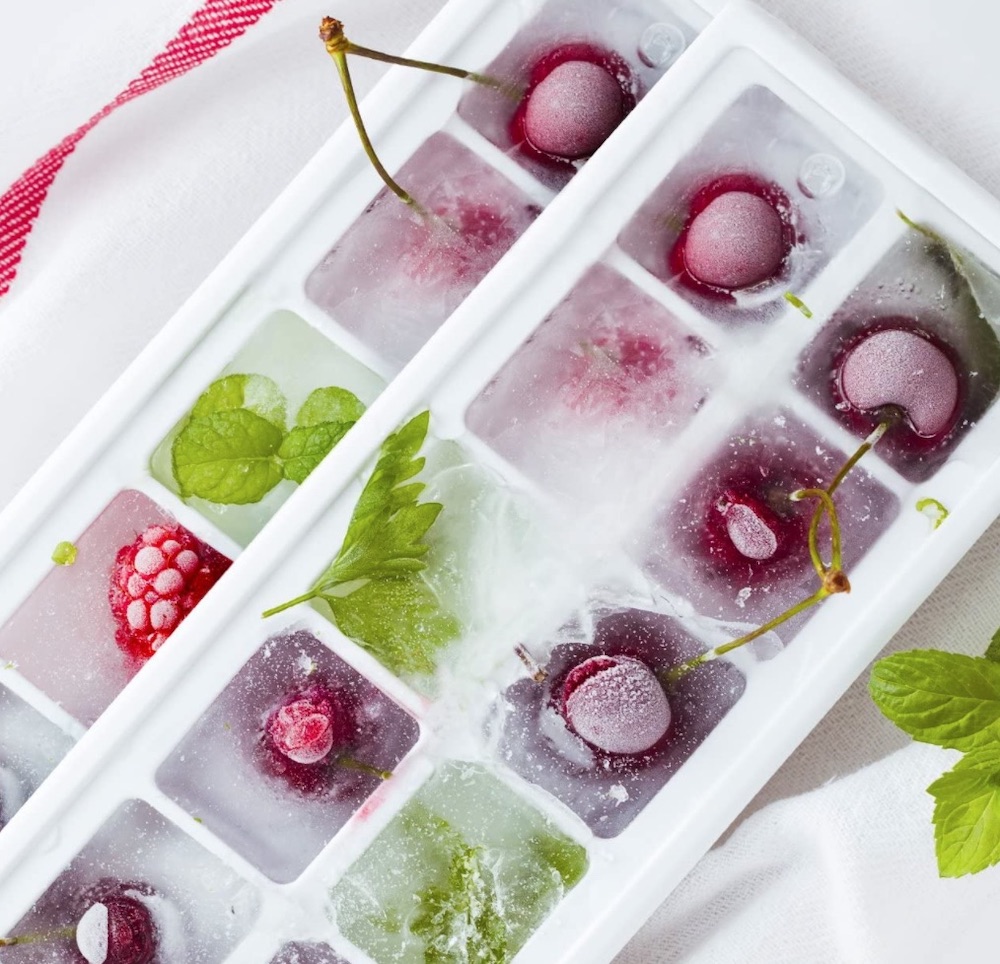
Clean and disinfect the ice trays. Soak ice trays in undiluted (full strength) vinegar for 5 hours. Then rinse under cold running water. And dry ice trays thoroughly before reusing.
Clean Stove Top
Make a paste using 3 parts baking soda and 1 part white vinegar. Rub paste into the stove top using a microfiber cloth. In a circular motion, rub the paste onto the stove top to remove burnt food, droppings, and food spillage. Remove all food pieces then wipe clean. Allow to dry before using the stove top.
Eliminate Grease Stains and Odors on Stove and Broiler
Mix equal parts of white vinegar and water in a pail or container. Using a damp microfiber cloth, clean the stove and broiler. Wipe grease covered areas with the vinegar water mixture. Repeat as needed until the grease has dissolved. This will neutralize odors in the stove and broiler.
Dissolve Grease from Kitchen Table and Counter
Stir equal parts of white vinegar and water. Using a damp cloth wipe the kitchen table and counter with the white vinegar and water solution. The vinegar neutralizes any surface odors and dissolves the grease.
For daily kitchen use, pour 3 to 4 tablespoons of white vinegar into the dishwashing liquid bottle. Shake the bottle to mix well. This will help keep the grease spills to a minimum.
Pour 2 cups of vinegar in a greasy pan and boil for 10 minutes. Then rinse the pan. The formerly greasy pan now has a non-stick quality that will last for a few months.
For stubborn slicks and spots, boil 1 cup of vinegar and water in a stainless steel pot. The slicks and spots will dissolve leaving the pot clean.
Freshen the Kitchen and Eliminate Kitchen Smoke Odors
Fill a shallow bowl with ¾ of full strength white vinegar. Place the shallow bowl near the source of the smoke odor. If the smoke odor fills the entire floor or house, then place multiple swallow bowls around the house or floor. The foul odors will diminish in less than a day. This will eliminate the kitchen smoke odor.
Eliminate Musty Kitchen Air
Combine ½ cup of white vinegar and 1 cup of water in a pot. Boil the vinegar water mixture until most of the liquid has evaporated. The musty air will be replaced with cleaner air.
Remove Grease From Pots and Pans
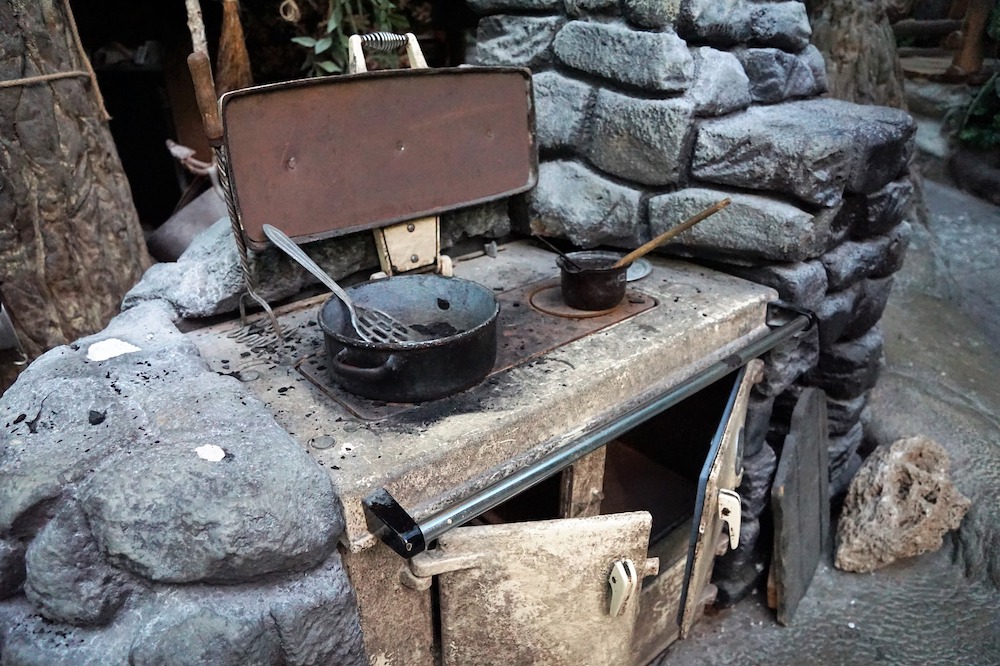
Pour 2 cups of white vinegar full strength and boil on the stovetop for 10 minutes. Remove the heated vinegar from the pan and dry. The pan now has a natural non-stick surface that lasts for months.
Scrub Pots and Pans
Mix equal parts of salt and flour then add a little vinegar to create a paste. Work the paste into the interior of the pot or pan then work over the exterior of the pot. Rinse with warm water afterwards dry with a dish towel.
Polish Brass and Copper Pans and Other Accessories
Solution #1 – Mix equal parts of white vinegar and salt. Blend into a paste. Rub the paste into the copper or brass pan or accessory using a clean soft cloth or paper towel. Continue to rub the paste until the tarnish has been eliminated. Then rinse with cool water and polish with a soft towel until dry.
Solution #2 – Combine equal parts of white vinegar and baking soda into a paste. The mixture will fizzle for a minute or two. After the fizzling has ended, rub the paste into the copper pan or item using a clean soft cloth or paper towel. Continue to rub the paste until the dull tarnish has been removed. Rinse with cool water and then polish with a soft towel to dry.
This will bring the shimmer back to brass and copper items.
Tea Kettle Cleansing
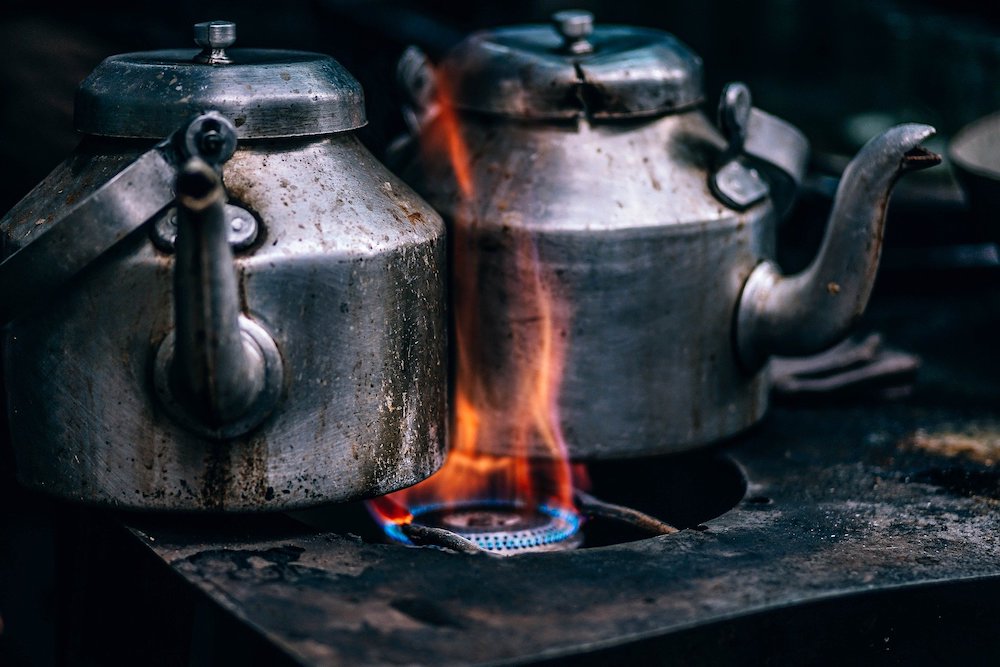
Fill the tea kettle with 3 cups of full strength white vinegar. Boil the vinegar for 5 minutes. Leave the remaining vinegar in the tea kettle overnight. The following morning, rinse the kettle with cold water. This will eliminate lime and mineral deposits in the kettle.
Clean Coffee Maker
Fill the coffee decanter of a drip coffee maker with 2 cups of white vinegar and 1 cup of water. Pour the vinegar and water mixture into the coffee maker’s water chamber. Turn the coffee maker on. Run coffee maker a full cycle. Dispose of coffee decanter water in the kitchen sink. Run coffee maker for an additional two cycles using clean water.
Solution #2: Add 1 cup of vinegar and 4 tablespoons of baking soda to a boil in a non-electric (non-drip) coffee pot. This mixture will eliminate any mineral deposits in the coffee pot. Follow the same steps for a teapot.
If your coffee consistently tastes weak or bitter, this may be an indication that the coffee maker needs cleaning. For areas with soft water, clean the coffee maker after 80 brew cycles. And if you have hard water, clean the coffee maker after 40 cycles.
Steam Clean Microwave Oven
Fill a glass bowl with ¼ cup of white vinegar and 1 cup of water. Place the vinegar water bowl inside the microwave. Heat the mixture for five minutes on the highest setting. After the glass bowl cools down, clean the inside walls, top, botton, and glass tray of the oven with a sponge or cloth. Use the cooled down vinegar and water mix for cleaning away the stains and inside splatters.
Clean Thermos
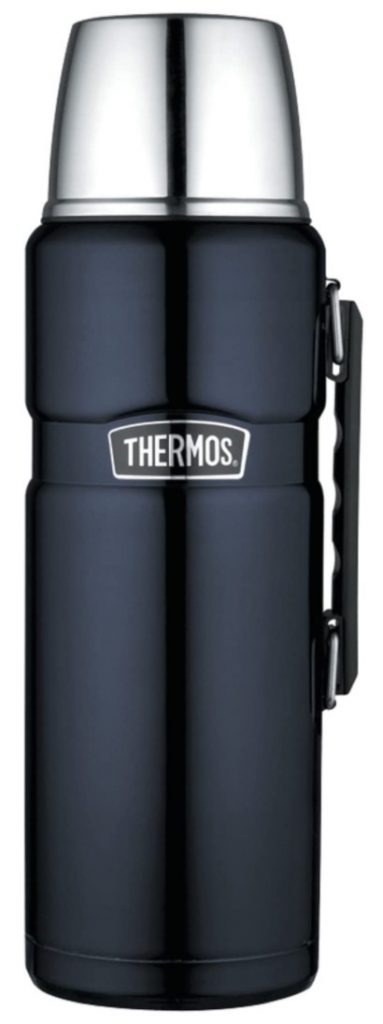
Pour into the thermos ¼ cup white vinegar and fill the remainder with warm water. Close and shake the Thermos well. Rinse and allow to air dry. If there is any residue in the Thermos, add some uncooked rice to the vinegar water mixture before shaking. The uncooked rice acts as an abrasive to loosen the inside residue.
Sanitize and Clean Can Opener Blade
Dip a clean toothbrush in white vinegar. Brush around the side and edge of the can opener wheel. Carefully turn on the can opener while holding the toothbrush next to the wheel. Allow the blade to scrub itself clean as the wheel rotates with the toothbrush against it. This will clean and sanitize the blade.
Disinfect and Clean Wood Cutting Boards
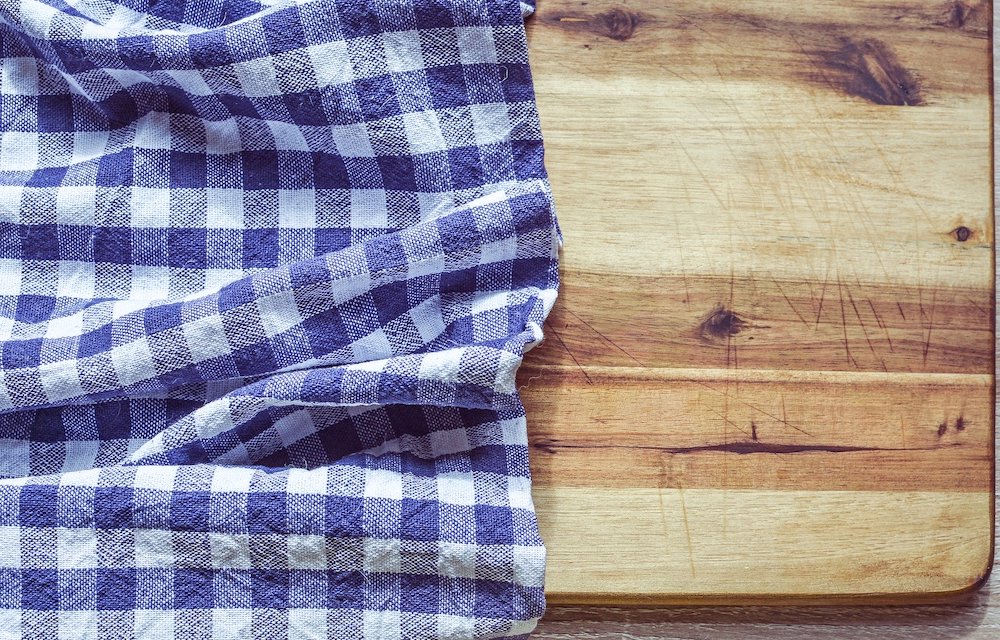
After every use, wipe clean cutting boards with full strength white vinegar using a microfiber cloth. The vinegar has acetic acid which is a good disinfectant. Helps against harmful bugs such as E. coli, Salmonella, and Staphylococcus.
Avoid using dishwashing detergent and water because it will weaken the wood fibers. To deodorize spread baking soda then spray full strength white vinegar on the cutting board. Allow the baking soda and vinegar to foam and bubble for five to ten minutes, then rinse with a cloth dipped in cold water.
Sanitize and Clean Reusable Jars, Bottles, Containers, and Vases
Fill the jar or bottle with equal parts of white vinegar and warm, soapy water. Let the soapy vinegar water stand between 10 to 15 minutes. Cap the jar or bottle and give the container a few good shakes. If you don’t have the cap then use a bottle brush to thoroughly scrape the food particles from the sides of the jar. Clean out mayonnaise, peanut butter, or a slimy vase with this mixture.
WALL AND FLOORING CLEANING USES FOR VINEGAR
Wood Paneling Cleaning

In a container, mix 1 pint warm water, 4 tablespoons of white or apple cider vinegar, and 2 tablespoons of olive oil. Stir mixture so that it blends. Apply the solution with a clean cloth to the wood paneling. Allow the mixture to soak into the wood for a few minutes. Afterwards, polish with a dry cloth. This will brighten the wood paneling rather than appear dull and dreary.
Freshen Rugs and Carpets
In a wide pan, mix 1 cup of white vinegar with one gallon of water. Using a push broom, dip the broom in the mixture and brush the carpet and rug. Work the mix through the carpet until the entire carpet has been cleaned. No rinsing needed. This will clean and brighten the carpet.
Mildew Preventative on Rugs and Carpets
Using full strength white vinegar in a spray bottle, mist the back of rugs and carpets. This mist of white vinegar keeps mildew from growing.
Carpet Stain Removal
Light Carpet Stains – Dissolve 2 tablespoons of salt in a ½ cup of white vinegar. Rub into carpet stain. Allow to dry then vacuum the dried stain solution from the carpet.
Larger, Darker Carpet Stains – Dissolve 2 tablespoons of salt AND borax in a ½ cup of white vinegar. Rub the solution into the carpet stain. Allow to dry then vacuum the dried stain solution from the carpet.
Tough, Ground-in Dirt and Other Carpet Stains – Combine 1 tablespoon of cornstarch and 1 tablespoon of vinegar. Make into a paste and rub into the stain with a dry cloth. Leave in carpet for two days, afterwards vacuum.

Spray-on Spot and Stain Remover – Mix 1 part vinegar with 4 parts water in a spray bottle. Using a second spray bottle, mix 1 part ammonia (non-suds) with 5 parts water. First, saturate the stain with the vinegar solution. Allow to settle for a few minutes, then blot thoroughly with a clean, dry cloth. Second, spray the ammonia solution over the stain. Then blot the ammonia solution. Continue spraying with the vinegar and then ammonia solution until the stain has been removed.
OTHER CLEANING USES FOR VINEGAR
Dust and Dirt Removal from Window Blinds
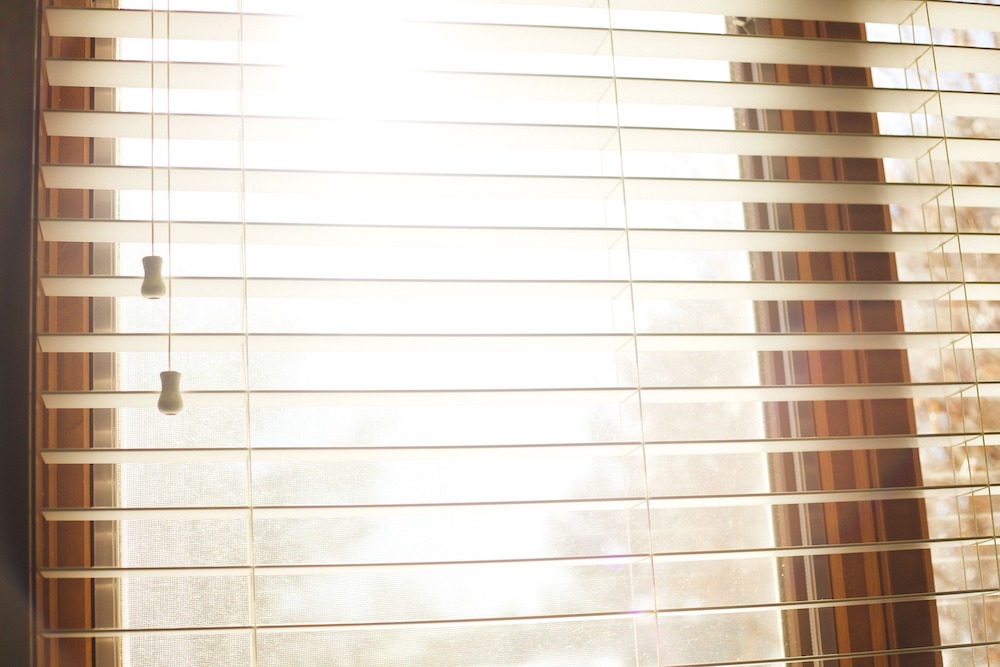
Pour equal parts of white vinegar and hot tap water into a pail. Wearing a pair of white cotton gloves, dip fingers in solution. Slide your fingers across both sides of each slat working from the top down. As white gloves become soiled, wash gloves off of dust and dirt in a pail of water.
Disinfect Air Conditioners and Air Purifier Filters
Every 10 days, fill a bucket with equal parts of white vinegar and warm water. Remove filter and let filter soak in the solution for one hour. Pull the filter out of the bucket and squeeze dry the filter. Allow to dry before reusing.
Filters with extra dirt and dust, can be soaked overnight. And occasionally wipe the filters down with full strength vinegar before using. Removes dust, soot, pet dander, and lint from the air.
Freshen Musty Closet
Empty the closet with the musty odor and store closet contents away from the closet. Mix 1 cup of vinegar, 1 cup of ammonia, and ¼ cup of baking soda in one gallon water. Using a cloth dampened with the vinegar ammonia baking soda solution, wash the closet walls, ceiling, and floor. Keep the closet door open and allow interior closet walls, ceiling, and floor to dry and air out.
Replace closet contents in 2 to 3 days. However, if the musty odor continues use a small pan with cat litter in the closet. Replace the cat litter every few days until the odor has been eliminated.
HOME REPAIR CLEANING USES FOR VINEGAR
WALLPAPER REMOVAL
Add equal parts of white vinegar and water in a spray bottle. Shake and mix well. Afterwards, spray the wallpaper with the vinegar solution. Spray until the wallpaper is saturated. After a few minutes, use a wallpaper scraper to peel off the old wallpaper. For tough stubborn wallpaper, score the wallpaper with the scraper before spraying. Then begin peeling it off the walls.
LESSEN PLASTER MIX FROM HARDENING
Stir in two tablespoons of white vinegar to plaster mix. The vinegar slows down the hardening of plaster allowing more time to work with it. Vinegar keeps the plaster pliable so that you have more time to work with it before it hardens.
BRICK WALL CLEANING
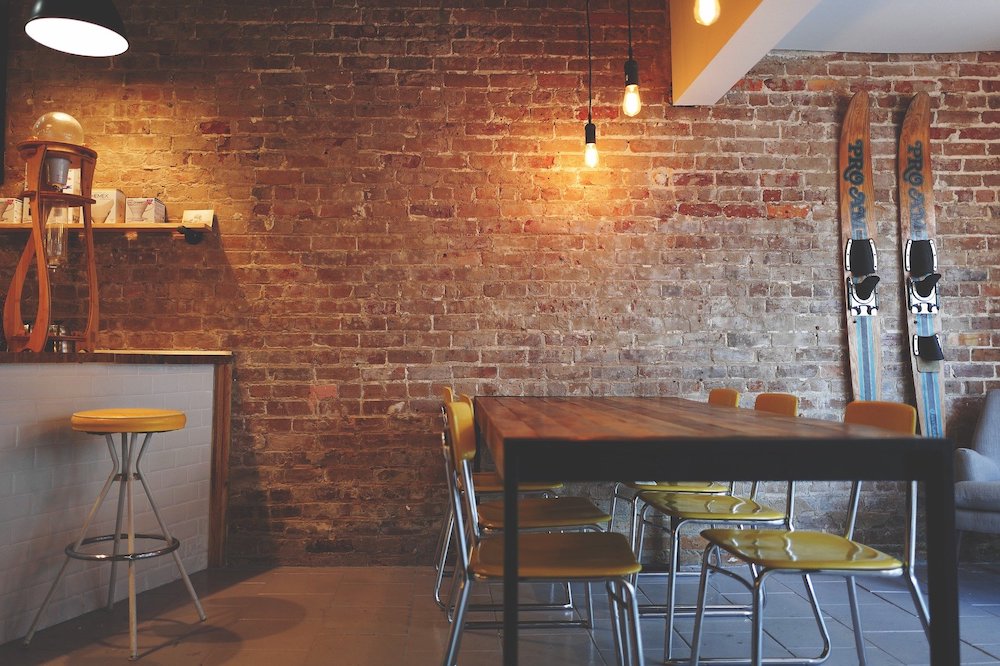
Pour 1 cup of white vinegar into a pail of 1 gallon warm water. Use a damp cloth dipped in the vinegar water solution to clean bricks around a hearth, brick walls, and brick flooring. This cleansing will brighten aging or discolored brick areas of the home.
REMOVE DRIED PAINT FROM PAINT BRUSHES
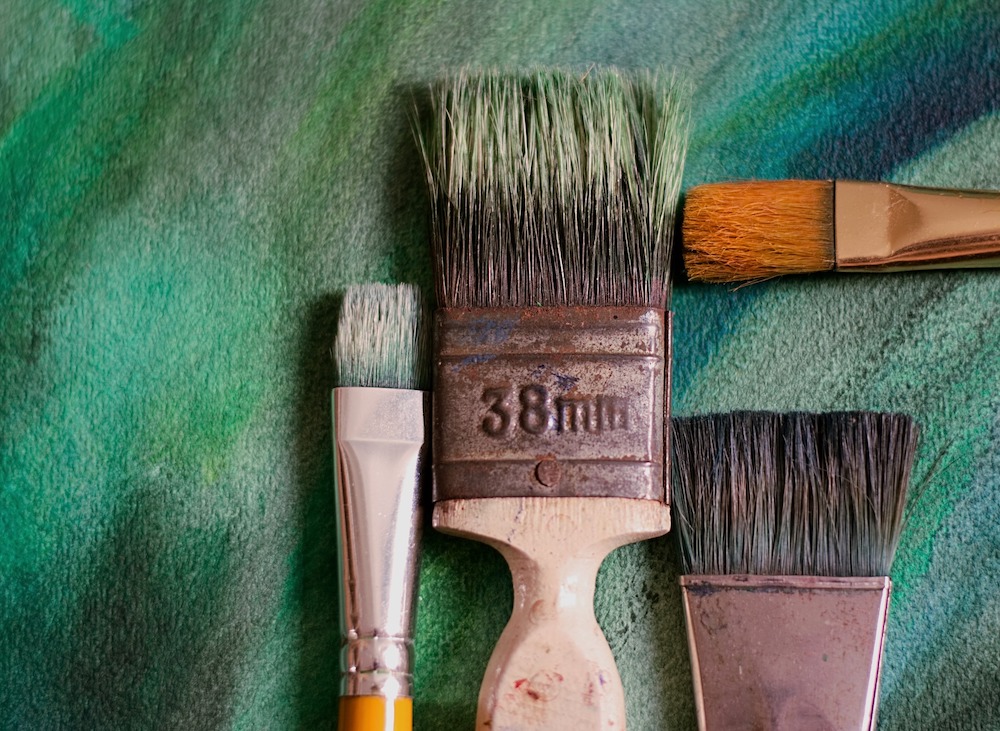
This tip is for synthetic bristle paint brushes. Pour full strength white vinegar into a jar so that the paint brush bristles are completely immersed in the vinegar. Soak until the paint dissolves from the bristles and it becomes soft and pliable. Follow by washing in hot, soapy water.
For paint brushes with extreme caked dried paint, boil in a vinegar filled pot. Add 1 to 2 cups of vinegar for 10 minutes, following a wash in soapy warm water.
ELIMINATE PAINT FUMES
Gather a couple of shallow dishes such as disposable pie or cake plates. Fill with undiluted white vinegar and place in the freshly painted room. Strong paint smells dissipate with the vinegar absorbing the odors.
REMOVE CONCRETE FROM HANDS AND ARMS
Although we wear rubber gloves when working with concrete, however it will inevitably spill onto our hands and arms. Using undiluted white vinegar remove dry concrete or mortar from the skin. Follow with warm, soapy water to wash any remaining residue.
PRETREATMENT OF CEMENT FLOOR PRIOR TO PAINTING
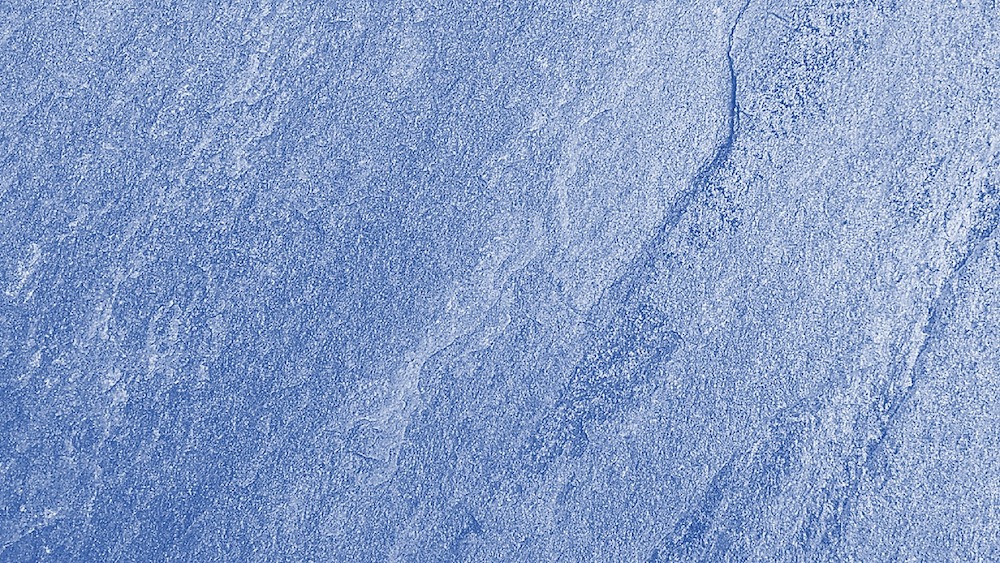
Prior to painting cement floors, give the floor an initial coat of white vinegar. Once the vinegar has dried, then paint the cement floor. This will extend the life of the painted cement floor so that the paint adheres to the cement floor longer.
Tip for Galvanized Metal: Give the galvanized metal surface a coat of full strength white vinegar. After the vinegar dries, paint the galvanized metal surface with your choice of paint. The painted galvanized metal pretreated with vinegar extends the life of the painted surface.
WOOD GLUE THINNER
For wood glue that has thickened making it difficult to use, add a drop or two of vinegar. The vinegar thins the wood glue making it easier to work with.
DEODORIZE AND UNCLOG DRAINS

Pour ½ cup of baking soda through a funnel, followed by one cup of white vinegar into the drain. Once the foaming has subsided, flush with hot tap water down the drain. After five minutes has passed, flush a second time with cold water. Run for a few minutes to clear out the drain.
This process accomplishes two things. First, it clears blockages. Second, it clears away any odor causing bacteria in the drain. The combination of vinegar and baking soda is an effective and economical way to unclog and deodorize drains. A gentle approach for cleansing your home plumbing pipes. And it is not a bad idea to incorporate this into your weekly cleaning schedule.
FURNITURE AND FURNISHINGS CLEANING USES FOR VINEGAR
Remove Water Rings on Furniture
Combine equal parts of vinegar and olive oil. Using a soft cloth rub into the wood while moving with the wood grain. Follow up with another clean, soft cloth to buff the furniture. This will eliminate white water rings on furniture.
White Water Rings on Leather Furniture: Soak a sponge in full strength white vinegar. Then use the sponge to remove white water rings from the leather.
Clean Leather Furniture
Add equal parts of white vinegar and boiled linseed oil in a spray bottle. Shake the spray bottle well so that the vinegar and linseed oil mix well. Spray the solution on the leather furniture. Using a soft cloth, evenly spread the solution over the furniture. Allow the solution to settle into the leather, afterwards rub off with a clean cloth. This will restore your leather furniture to its newer self.
Make Scratches in Wood Furniture Less Noticeable
Mix either white vinegar or apple cider vinegar with iodine in a small jar. Use a small artist’s brush to paint over the scratch with the vinegar iodine mixture. Scratches in furniture become less noticeable.
Note: To cover scratches in furniture with darker wood stains add more iodine. However, for lighter stained or light wood furniture use more vinegar in the mix.
Wax and Polish Build Up Removal
Add equal parts of white vinegar and water in a container. Use a clean cloth and dip in solution. Squeeze out any excess water. Working in the direction of the wood grain, clean the excess polish and wax from the furniture. Keep working with the clean cloth until the polish and wax has been completely removed. Wipe the furniture dry with a soft cloth. Furniture polish or wax build is removed from wood furniture.
For leather surfaces: Combine ¼ cup of vinegar and ½ cup of water. Dip a soft cloth in the vinegar and water solution and wipe the leather surface. Dry any remaining solution with a clean dry towel.
Candle Wax Removal
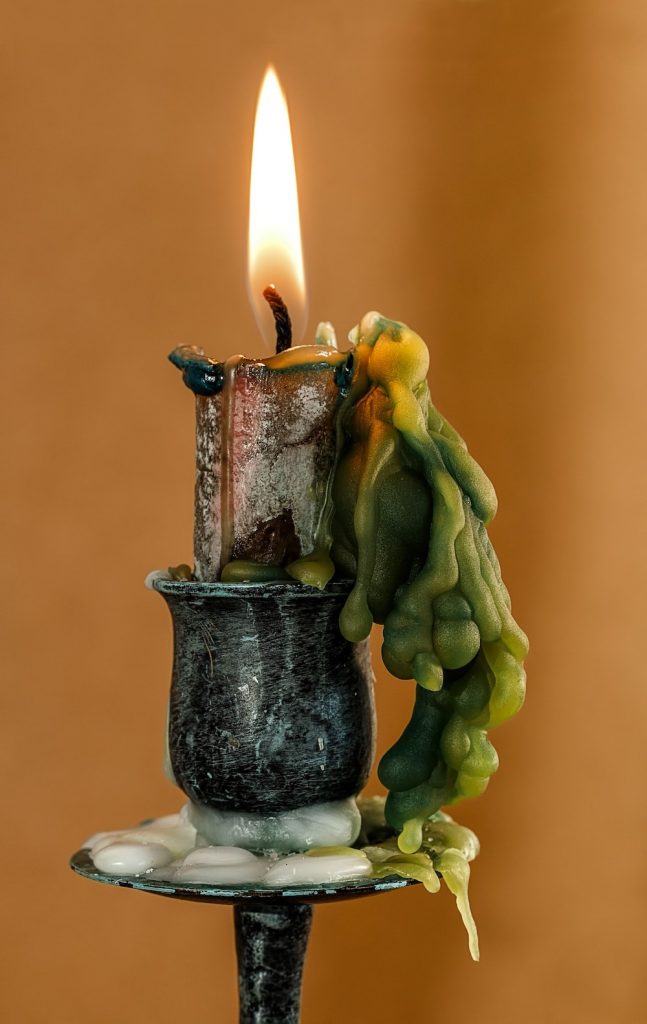
First soften wax on furniture by using a blow-dryer on the highest setting. Blot up as much wax from the furniture with a paper towel. Next, mix equal parts of vinegar and water, then soak a cloth in the solution. Rub the cloth of vinegar water, remove any remaining wax on the furniture. Afterwards, wipe clean with a soft, absorbent cloth. The melted candle wax is removed from the furniture.
Wood Stain DIY
Make your own wood stain for woodworking projects with three ingredients: steel wool, coffee grounds, and vinegar. Place the steel wool in a jar. Next, add about ¼ cup of previously used coffee grinds and between 1 to 2 cups of vinegar. Close the jar tightly and shake the contents well. Allow the mixture to sit overnight.
The next day, open the jar and gently stir the stain. Slip on gloves and remove the steel wool and the stain is ready to be used. Stain will darken as it dries once it is applied to the woodworking project being stained. Allow 20 minutes for the stain to set before applying a second coat. Repeat the process until you achieve the color you desire. An affordable way to make your own DIY wood stain.
CLEANING USES FOR VINEGAR IN THE BATHROOM

Shower Curtain
Mix 1/2 cup of white vinegar with 1 gallon of water in a pail. Clean the shower curtain with the vinegar water solution. Solution removes mildew, soap film, soap scum and grime from the shower curtain.
Shower Head

In a small plastic bag, pour 1/2 cup of white vinegar and one gallon of water in a small plastic bag. Attach the filled plastic bag around the shower head making sure the shower head is submerged in the solution. Leave the shower head soaking in the vinegar water overnight. Remove the bag from the shower head and rinse the shower head the following morning. The shower head will have dissolved any mineral deposits.
Shower Doors
Mix a few drops of white vinegar and one cup of baking soda to make a paste. Apply the paste to the shower doors. Let sit for an hour. Using a microfiber cloth clean the shower doors. Rinse the shower doors and dry with another dry microfiber cloth.
Bathtub and Tiles
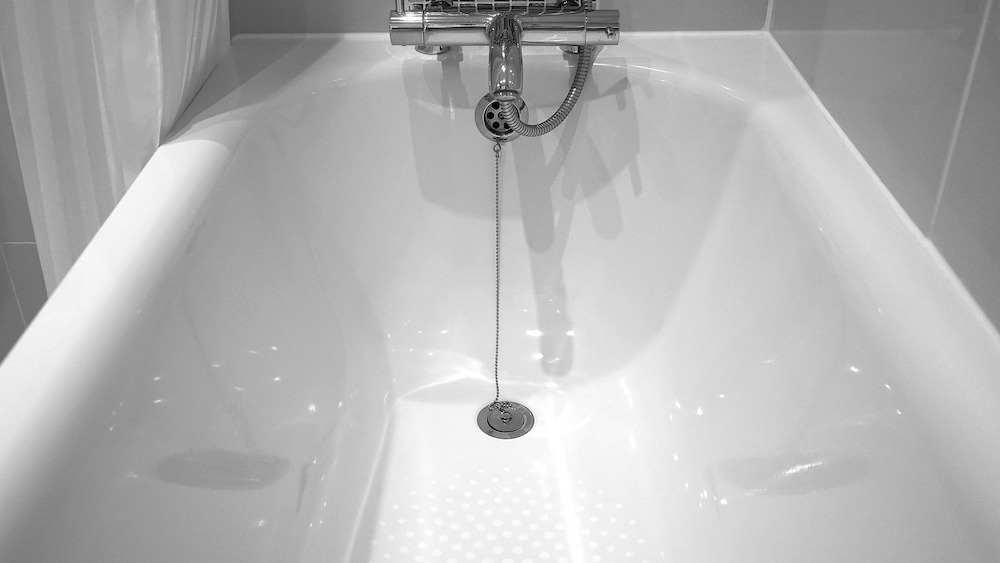
In a pail, mix 1/2 cup of white vinegar and 1 gallon of water. Using a microfiber cloth and the solution, clean the bathtub and surrounding tiles. Afterwards, rinse with water.
Bathtub Tile Walls and Floor
Mix ½ cup white vinegar and 1 gallon of water in a pail. Pour solution into a spray bottle. Using a spray bottle, spray the wall tiles and floor with the mixture. Allow the vinegar water mixture to remain on the tiles for 20 minutes. Wipe the solution from the wall and floor with a clean microfiber cloth. For hard to reach areas, use a dry, clean microfiber mop.
For persistent or tough stains, use undiluted white vinegar directly on the stain. Allow to stand on the stain for 5 minutes then clean with a microfiber cloth.
Bathroom Chrome and Stainless Steel Fixtures
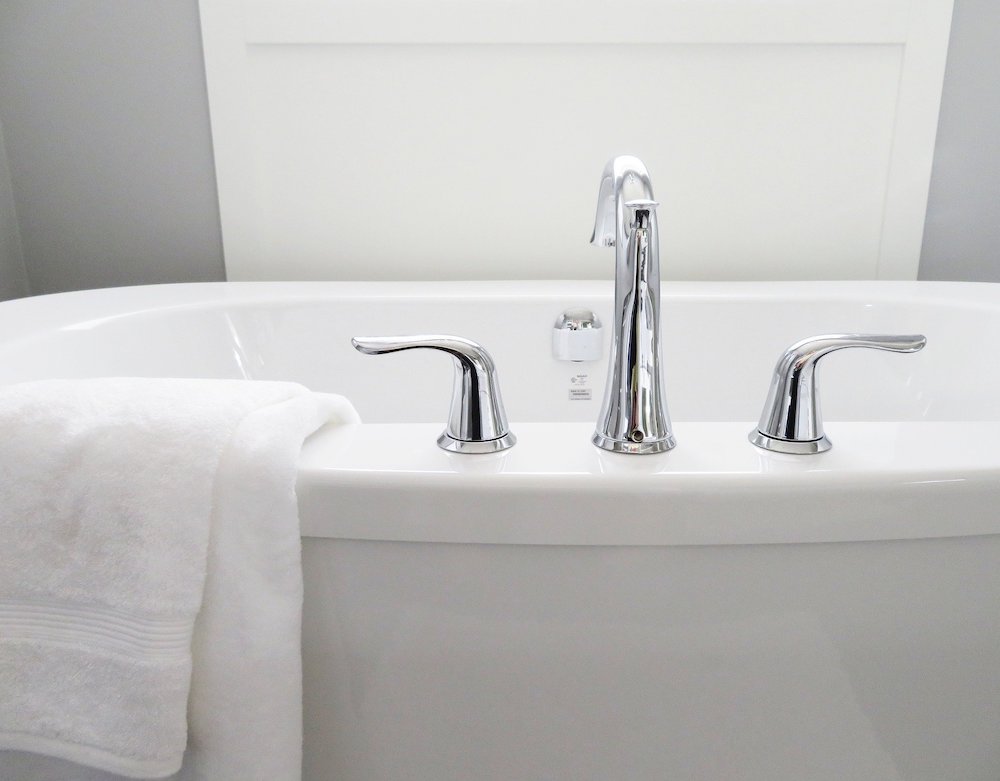
Mix ½ cup white vinegar with 1 gallon of water. Use a microfiber cloth and clean the faucet including handles. Dry faucet with a fresh microfiber cloth and polish the fixtures.
Bathroom Sink
Mix ½ cup of white vinegar with 1 gallon of water in a pail. Using a microfiber cloth and vinegar water mixture, clean the sink.
Unclog the Bathroom Drain and Disinfect the Sink Drain: Pour ½ cup baking soda down the sink drain. Follow with 1 cup of white vinegar into the drain. Once the foaming has ceased, flush the drain with hot water. Wait 5 minutes and then flush with cold water.
Rust Removal
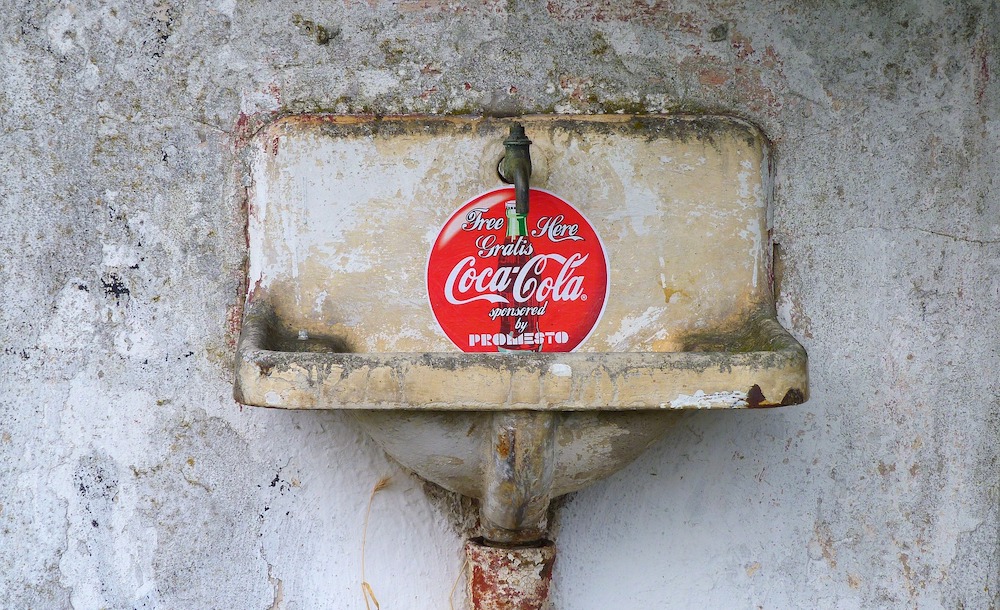
Remove rust around bathroom fixtures. Soak the rusty area in a mixture of equal parts of white vinegar and water. Wipe clean with a microfiber cloth. For larger rust areas, soak rags in the vinegar water mixture. Then wrap the rags around the fixture for 2 to 3 hours. Follow by cleaning the sink with a clean microfiber cloth.
Toilet Bowl Cleaner
Pour ½ cup of white vinegar into the toilet bowl. Let the white vinegar sit in the bowl for at least 5 minutes. And then flush the vinegar down the toilet.
For persistent toilet bowl stains, pour one cup of baking soda into the bowl. Let the baking soda sit for 5 minutes. Then brush with toilet brush and flush.
Bathroom Windows
Mix 2 tablespoons of white vinegar with a gallon of water in a pail. Pour the solution into a spray bottle. Spray on the windows. Wiping the windows with a microfiber cloth.
Ventilation Fan
Turn the circuit breaker to the ventilation fan on off. Remove the ventilation fan cover. Soak the cover in warm dishwashing soap and a tablespoon of vinegar. Allow the cover to soak for 5 minutes then rinse the cover. Vacuum any dust or dirt particles off of the fan blades and canister. Wipe the canister with a clean damp microfiber cloth. Allow the fan to dry then recover the ventilation fan.
Toothbrush Holder Cleaning
Pour undiluted white vinegar in a small container. Using a cotton swab, dip the swab in the vinegar then clean the toothbrush holder. Remove grime, bacteria, caked-on toothpaste drips from the holder. Afterwards, wipe the holder dry with a soft microfiber cloth.
Using vinegar to clean your home is a great alternative to using pricey toxic chemical cleaning products. Vinegar will save you money and is just as effective in keeping your home spotless. Give yourself peace of mind knowing that you are using an ingredient that is all natural. Trust me, you don’t have to spend a lot of money or time to have a clean home.
So the next time you need to clean your home, reach for the bottle of white distilled vinegar. Tackle those cleaning jobs with vinegar.
Interested in cleaning? If you found this helpful . . .
You May Also Enjoy some of our other cleaning related posts.
36 Vinegar Cleaning Tips for Kitchen and Bathroom
42 Brilliant Cleaning Microfiber Cloth Uses
Vinegar Uses in the Garden
If you try any of these vinegar cleaning tips let us know how you make out. And if you have any questions, feel free to reach out to us. We always are ready to help you out. Thank you for dropping by.
Mary

